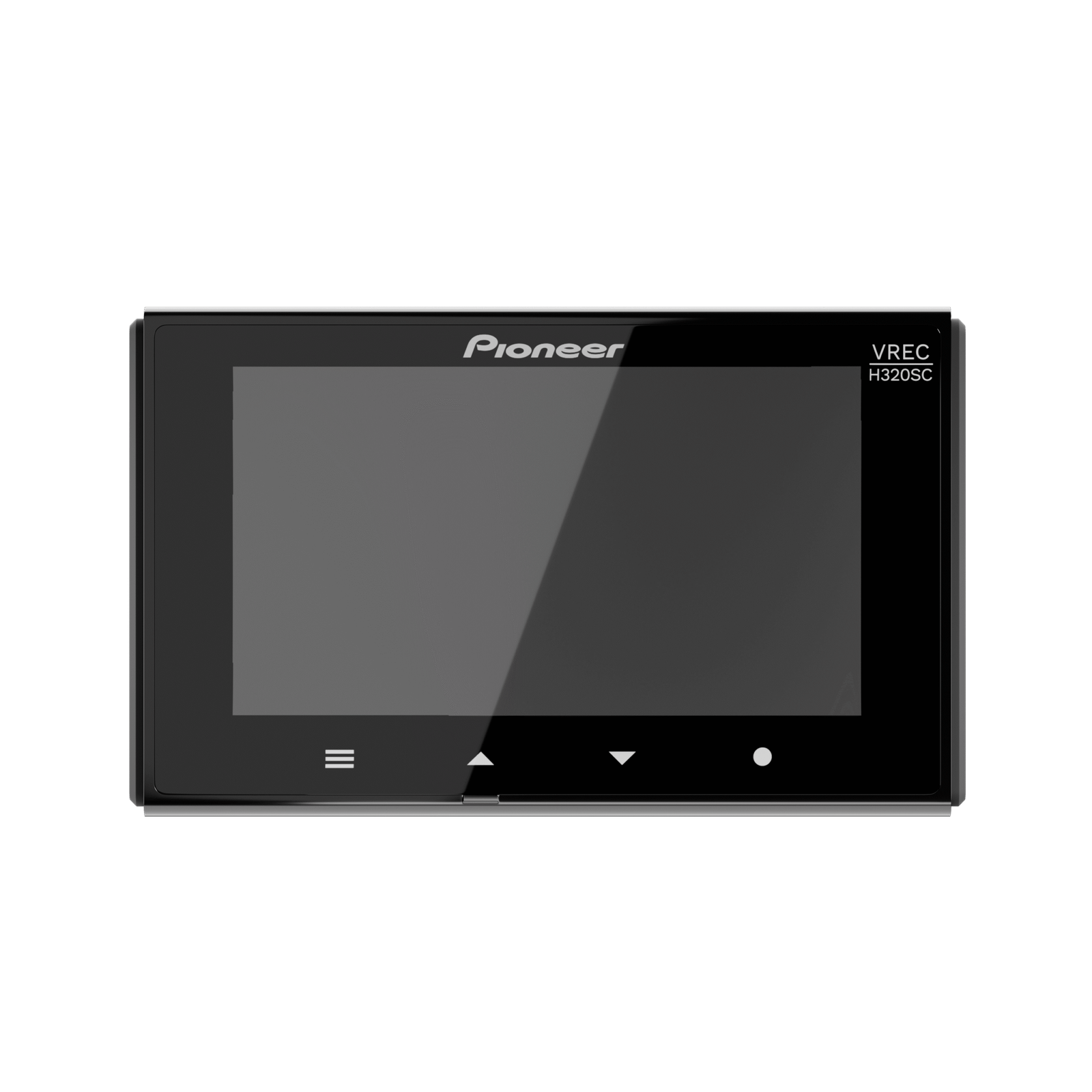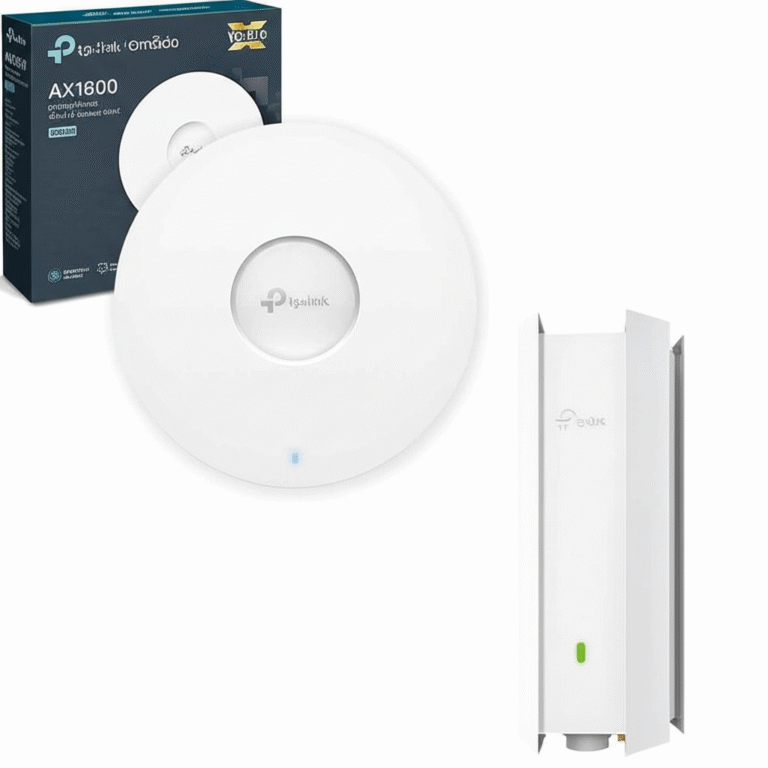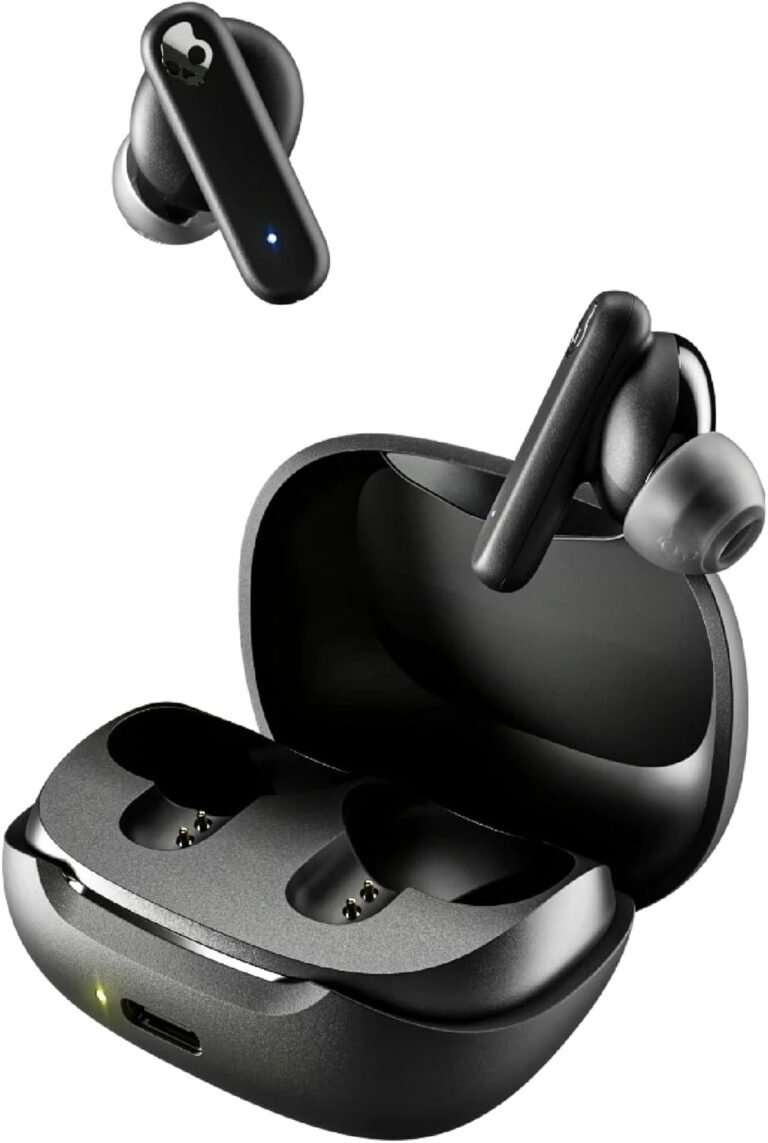The Pioneer VREC-H320SC dashcam represents a straightforward approach to vehicle recording technology from a well established electronics manufacturer. This device sits in the mid range category of automotive cameras designed to capture footage of road incidents, accidents, and general driving experiences. Pioneer has built its reputation over decades in audio and video equipment, bringing that experience to the automotive recording market with this particular model. This Pioneer VREC-H320SC Dashcam Review will explore everything from physical design to specs and features.
Design and Build Quality
The physical construction of the Pioneer VREC-H320SC follows a compact rectangular form factor typical of many dashboard cameras. The unit measures small enough to avoid obstructing the driver’s view while mounted behind the rearview mirror. The housing uses plastic materials that feel sturdy without being overly heavy. The design philosophy emphasizes functionality over flashy aesthetics, which appeals to users who prefer understated equipment.
The camera lens sits at the front of the unit with a protective cover that helps prevent scratches during installation and removal. The lens itself appears well constructed with proper optical elements for clear image capture. The mounting system includes both adhesive and magnetic attachment options, providing flexibility for different vehicle types and user preferences. The mount connects to the camera through a standard connector that feels secure during normal driving conditions.
Control buttons are positioned on the side of the unit for easy access without requiring the driver to take their eyes off the road for extended periods. These buttons include power, recording start stop, and menu navigation functions. The button placement follows logical grouping that becomes intuitive after brief familiarization. The power cable connects through a dedicated port at the bottom of the device, designed to route cleanly through the windshield area to the vehicle’s power source.
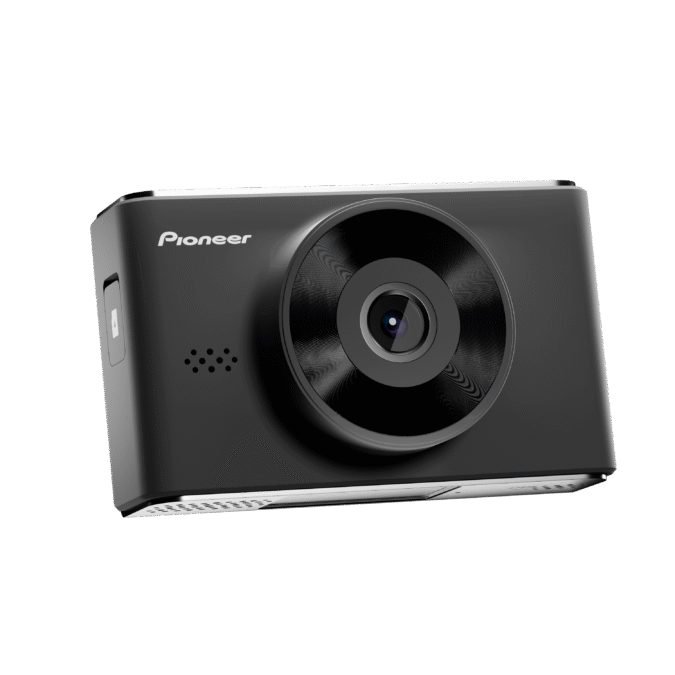
Video Recording Capabilities
The Pioneer VREC-H320SC records video at resolutions that meet basic recording needs for most drivers. The camera captures footage in standard definition formats that provide adequate detail for identifying vehicles, license plates, and general road conditions under normal lighting circumstances. The field of view covers a reasonable portion of the road ahead without excessive distortion at the edges of the frame.
Recording modes include continuous loop recording, which automatically overwrites older footage when storage space becomes limited. This feature ensures the device continues operating without manual intervention for file management. Manual recording options allow drivers to mark specific incidents for preservation, creating separate files that won’t be overwritten during normal operation cycles.
The device supports various recording intervals including one, three, and five minute segment lengths. Shorter segments help isolate specific events while longer segments reduce the number of individual files created during extended driving periods. The motion detection feature activates recording when the vehicle is parked and detects movement nearby, providing security monitoring capabilities beyond active driving situations.
Night vision capabilities rely on the camera’s sensor sensitivity and available lighting conditions. Performance in low light situations varies based on street lighting, headlights from other vehicles, and general ambient illumination. The camera does not include infrared lighting or other active night vision enhancement systems, relying purely on available light for image capture.

Audio Recording Features
Built in microphone functionality captures audio along with video recordings. The microphone placement within the unit provides reasonable sound pickup for conversations inside the vehicle and external noise from traffic, horns, and other environmental sounds. Audio quality remains adequate for basic documentation purposes without professional broadcast standards.
The device includes options to disable audio recording entirely, which may be preferred in situations where privacy concerns exist or local laws restrict audio capture without consent from all parties involved. This flexibility allows users to comply with varying regional regulations regarding recording in public and private spaces.
Audio synchronization with video maintains proper timing between visual and sound elements throughout the recording process. This synchronization helps create coherent documentation that accurately represents the sequence of events as they occurred during driving situations.

Storage and Memory Management
The Pioneer VREC-H320SC utilizes standard microSD card storage with support for cards up to 32 gigabytes in capacity. This storage limit provides adequate space for several hours of continuous recording depending on video quality settings and compression methods used by the device. Higher resolution settings consume storage space more quickly than standard definition formats.
Memory card management includes automatic file organization based on date and time stamps. This organization helps users locate specific recordings quickly when reviewing footage after incidents or routine checks. The device creates new folders automatically based on calendar dates, maintaining structured storage even during extended usage periods.
Formatting options include both automatic and manual processes for preparing memory cards for use with the dashcam. Automatic formatting occurs when the device detects incompatible file systems or corrupted storage media. Manual formatting through menu options allows users to prepare cards before installation or clear all data for fresh recording cycles.

Power and Connectivity Options
Power delivery to the Pioneer VREC-H320SC comes through a standard 12 volt connection that plugs into vehicle cigarette lighter sockets or hardwired installations. The included power cable provides sufficient length for routing through typical vehicle configurations without excessive slack or tension on connections. Hardwired installation kits are available separately for users who prefer permanent mounting without occupying power outlets.
The device includes power management features that handle vehicle electrical system variations including voltage fluctuations and temporary power interruptions. These protections help prevent data corruption during sudden power loss situations such as battery disconnection or alternator problems. The camera continues operating during brief power interruptions by using internal capacitors to maintain recording functions until power returns or battery backup capacity expires.
Connectivity options remain limited to basic power and storage interfaces without wireless capabilities such as Wi Fi or Bluetooth connectivity. This limitation simplifies the device’s operation while reducing potential points of failure or security vulnerabilities. Users must physically remove memory cards or connect cables for data transfer and device configuration.
Installation and Setup Process
Mounting the Pioneer VREC-H320SC requires minimal tools and technical knowledge. The included mounting hardware provides both adhesive pad and magnetic base options for securing the camera to windshields or other suitable surfaces within vehicles. Adhesive mounting creates a more permanent attachment that withstands vehicle vibrations and temperature variations better than temporary mounting methods.
Cable routing involves threading the power cable from the camera location to the vehicle’s power source. The cable’s length typically accommodates most vehicle configurations without requiring extensions or modifications. Routing paths should avoid areas where cables might contact moving parts or become pinched during door operation or seat adjustments.
Initial setup involves basic configuration through the device’s menu system. Settings include date and time synchronization, recording quality preferences, and automatic start stop behaviors. The menu interface uses simple text displays and basic navigation controls that become familiar after brief interaction. Default settings provide reasonable performance for most users without requiring extensive customization.
Compatibility and Vehicle Integration
The Pioneer VREC-H320SC works with standard 12 volt vehicle electrical systems found in most cars, trucks, and motorcycles manufactured within the last several decades. The device’s power requirements remain within typical vehicle electrical capacity without overloading circuits or causing voltage regulation problems. Compatibility extends to both older vehicles with basic electrical systems and newer models with advanced electronic management features.
Mounting compatibility includes various windshield types and dashboard configurations. The camera’s compact size allows installation in vehicles with limited space behind rearview mirrors or those with complex dashboard layouts that restrict mounting options. The adjustable mounting hardware accommodates different windshield angles and curvatures found across vehicle manufacturers and model years.
Memory card compatibility includes standard microSD and microSDHC formats up to supported capacity limits. Cards from major manufacturers typically work without compatibility issues, though performance may vary based on write speed capabilities and reliability ratings. Higher speed cards help maintain smooth recording performance during continuous operation cycles.
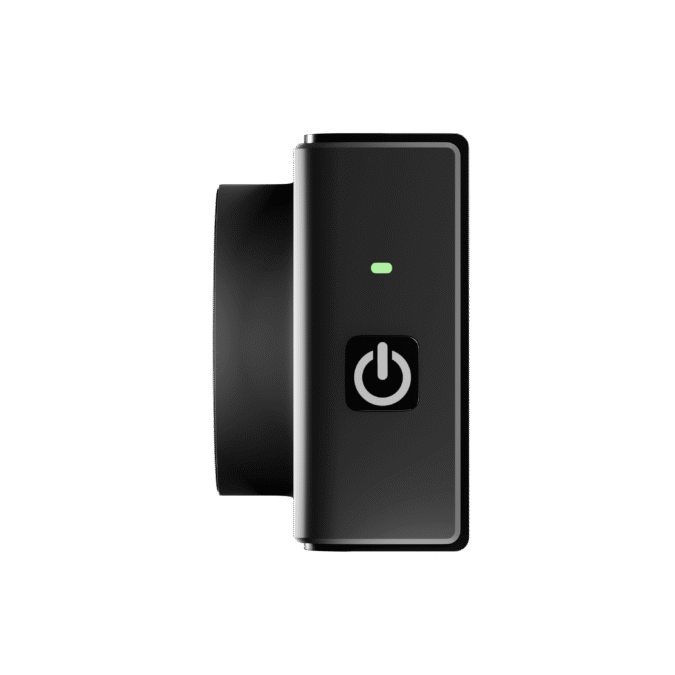
User Interface and Controls
The control interface emphasizes simplicity and ease of use for drivers who need to operate the device without extensive training or reference materials. Physical buttons provide tactile feedback that helps users confirm control activation without visual confirmation during driving situations. Button functions are clearly labeled and logically grouped to minimize confusion during operation.
Menu navigation follows straightforward hierarchical structures that group related functions together for easy access. Settings categories include recording options, display preferences, and system configuration items that cover most user needs without overwhelming complexity. Menu items use clear language descriptions that explain function purposes without requiring technical knowledge.
Display information includes basic status indicators for recording activity, storage capacity, and battery levels when applicable. The screen provides sufficient information for monitoring device operation without distracting drivers from road attention requirements. Display brightness adjusts automatically based on ambient lighting conditions to maintain visibility during day and night driving situations.
Performance in Various Conditions
Operating temperature ranges accommodate typical vehicle interior conditions including extreme summer heat and winter cold temperatures. The device continues functioning within normal parameters across temperature ranges commonly experienced during vehicle operation and parking situations. Internal components are designed to handle thermal cycling without degradation of performance or reliability.
Weather resistance focuses on interior vehicle conditions rather than exterior exposure capabilities. The camera housing protects internal components from dust and minor moisture exposure that might occur during normal vehicle operation. Extended exposure to direct water contact or submersion exceeds the device’s design specifications and may cause damage or malfunction.
Vibration resistance handles typical vehicle operation conditions including engine vibration, road surface irregularities, and acceleration forces. The mounting system maintains secure attachment during normal driving situations without loosening or shifting position. Internal component mounting uses standard practices for electronic devices intended for vehicle applications.
Maintenance and Care Requirements
Regular maintenance involves basic cleaning of the camera lens and housing surfaces to maintain clear recording quality. Lens cleaning requires soft, lint free materials and appropriate cleaning solutions that won’t damage optical coatings or plastic surfaces. Housing surfaces can be cleaned with mild soap and water solutions to remove accumulated dirt and debris.
Memory card maintenance includes periodic formatting to maintain optimal performance and prevent file system corruption. Regular formatting helps ensure reliable recording performance and reduces the likelihood of data loss during critical recording situations. Card replacement becomes necessary when storage capacity becomes inadequate for user needs or card reliability decreases over time.
Firmware updates may become available through Pioneer’s official support channels to address bugs, improve performance, or add new features. Update processes typically involve downloading files from Pioneer’s website and transferring them to the device through memory card or direct connection methods. Regular update checks help maintain device compatibility with current standards and security requirements.
Warranty and Support Information
Pioneer typically provides standard warranty coverage for manufacturing defects and component failures within normal usage parameters. Warranty terms vary by region and purchasing location, requiring users to verify specific coverage details through authorized dealers or Pioneer’s official support channels. Extended warranty options may be available through third party providers or retailer programs.
Technical support services include online resources such as user manuals, troubleshooting guides, and frequently asked questions databases. These resources help users resolve common issues without requiring direct contact with support personnel. More complex problems may require direct communication with Pioneer’s technical support team through phone or email channels.
Replacement parts availability depends on Pioneer’s current product support policies and inventory management practices. Common replacement items include mounting hardware, power cables, and memory cards that may wear out or become damaged during normal usage. Availability of internal components for repair services varies based on service center capabilities and parts inventory levels.
Market Position and Competition
The Pioneer VREC-H320SC occupies a position in the entry to mid level dashcam market segment that emphasizes basic functionality and reliable operation. This positioning appeals to users who want essential recording capabilities without premium features or advanced technology integration. The device competes with similar offerings from other established electronics manufacturers and specialized automotive recording companies.
Price points for this dashcam fall within ranges that make it accessible to budget conscious consumers while maintaining Pioneer’s reputation for quality construction and reliable operation. The balance between cost and capability makes it suitable for users who need dependable recording without extensive feature sets or premium pricing associated with high end models.
Brand recognition helps Pioneer compete against lesser known manufacturers by providing assurance of basic quality standards and ongoing support availability. Pioneer’s established service networks and parts availability provide additional confidence for long term ownership compared to companies that may not maintain support infrastructure over extended periods.
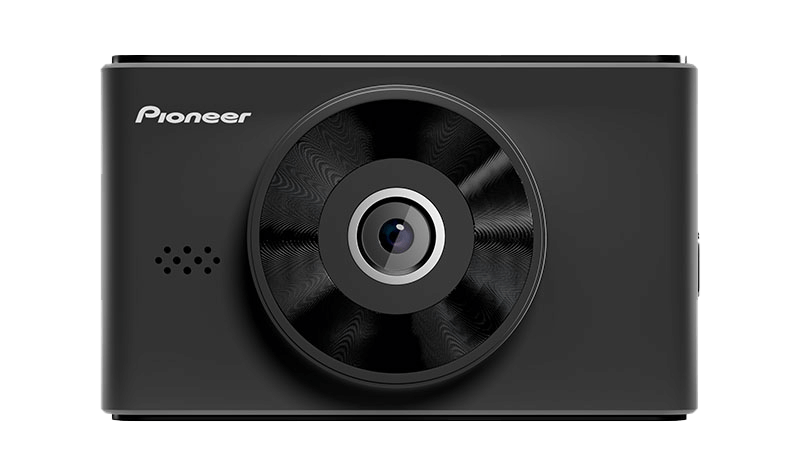
Value Proposition and Target Audience
The primary value proposition centers on reliable basic recording functionality at reasonable pricing levels. Users who prioritize consistent operation and straightforward features over advanced capabilities find good value in this dashcam’s performance and construction quality. The device serves users who want dependable documentation without complex setup procedures or extensive learning curves.
Target audiences include everyday drivers who want incident documentation for insurance purposes, fleet operators who need basic vehicle monitoring, and individuals who prefer simple technology solutions that require minimal maintenance or technical support. The device appeals to users who value established brand names and reliable operation over cutting edge features or premium styling.
Cost effectiveness becomes apparent when comparing total ownership costs including initial purchase price, ongoing maintenance requirements, and expected service life. The device’s construction quality and component selection suggest reasonable longevity under normal usage conditions, helping justify the initial investment through extended service periods without frequent replacement needs.
Limitations and Considerations
Feature limitations include absence of wireless connectivity options that some users might expect in modern devices. The lack of smartphone integration or remote access capabilities restricts usage scenarios where wireless connectivity provides convenience or enhanced functionality. Users who prioritize wireless features may find alternative models better suited to their preferences.
Recording quality limitations reflect the device’s positioning in the basic functionality market segment. Users requiring high definition recording or advanced image processing features may need to consider higher priced alternatives with more sophisticated camera systems and processing capabilities. The device meets basic recording needs without premium quality standards.
Storage capacity limitations become apparent during extended usage periods or when recording at higher quality settings. Users who drive extensively or require long term parking monitoring may need to manage storage space more actively or invest in larger capacity memory cards to accommodate their recording needs effectively.
Conclusion
The Pioneer VREC-H320SC dashcam delivers reliable basic recording functionality for drivers who want straightforward incident documentation without complex features or premium pricing. Pioneer’s established reputation for quality construction and reliable operation provides confidence in the device’s long term performance and support availability. The device’s positioning in the entry to mid level market segment makes it accessible to budget conscious consumers while maintaining acceptable quality standards.
Users who prioritize simplicity, reliability, and established brand support find good value in this dashcam’s straightforward approach to vehicle recording needs. The device meets essential requirements for incident documentation while avoiding unnecessary complexity that might confuse users or increase maintenance requirements. Pioneer’s ongoing support infrastructure helps ensure long term viability for users who invest in this recording solution.
The VREC-H320SC represents a solid choice for drivers seeking dependable basic dashcam functionality from a recognized electronics manufacturer. Its straightforward design and reliable operation make it suitable for everyday use across various vehicle types and driving conditions. Users who want essential recording capabilities without premium features or complex setup procedures find this device meets their needs effectively.

